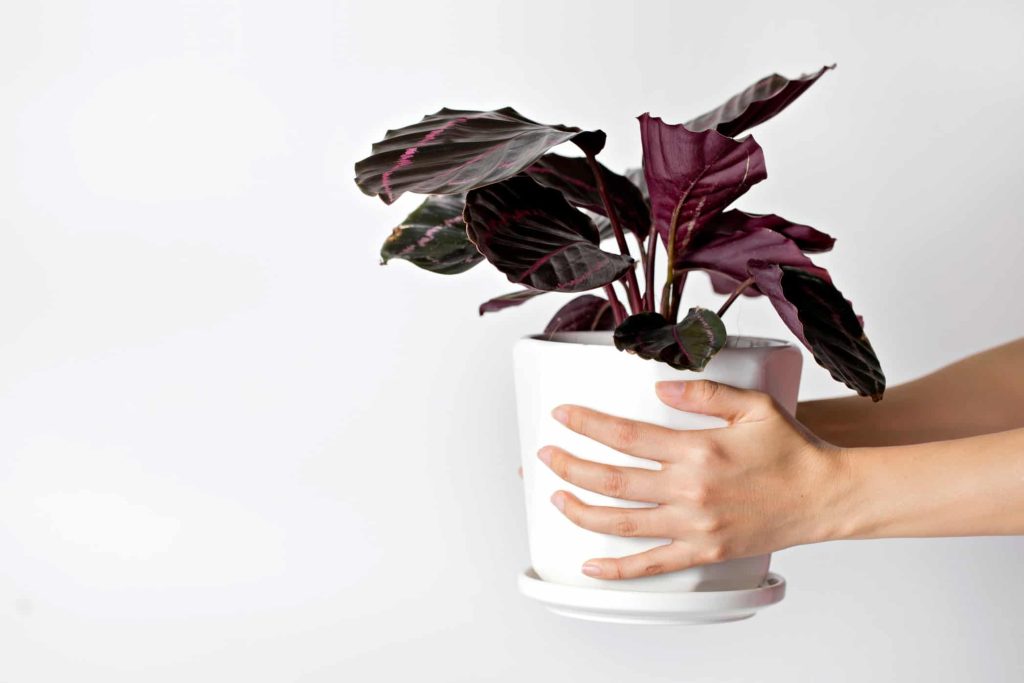Some of the most beautiful plants in the world are from the calathea genus family, especially tropical plants. These plants are known and grown for their beautiful foliage.
All around the world, the calathea genus has become a favorite houseplant for many, however, one thing everyone who has tried to grow this plant has, is that the calathea plants are not the easiest to grow. Plants in this genus do not fit as plants for beginner gardeners.
The calathea plants are not low maintenance plants; even experienced gardeners find it hard sometimes to grow these plants successfully indoors. This doesn’t mean you cannot have success with it, what many do not know is that plants in the calathea family simply require specific care and a growth routine to grow healthily.
They require extra efforts to grow healthily. Another important factor that leads to the success of growing calatheas indoors is the modeling of natural habitat. These plants are native to the tropical regions; hence they must be provided with the care that models their habitat.
We have provided the best care routine your Calathea plants require to stay in good health in this guide.
Calathea Genus Plants Explained
| Common name | Rattlesnake plant, peacock plant, prayer plant, etc. |
| Botanical name | Calathea spp. |
| Plant type | Flowering plant |
| Soil type | Moist, well-drained |
| Soil Ph | 6.5 |
| Light | Bright, indirect light |
| Water | Moderately watered. |
| Temperature | 60 to 70 degrees F |
| Native | Tropical regions of America, Africa |
| Toxicity | Non-toxic. |
The calathea plant is a genus of flowering plant, which belongs to the family Marantaceae, they can be found in tropical areas, such as Africa, South America.
Apart from being called calathea, they are also referred to by a couple of names, most commonly Prayer plants, like their relative maranta, then zebra plants, rattlesnake plants, peacock plants, etc. The plants in the calathea genus are said to be over 20.
One special characteristic that the calathea plant possesses is the folding up of its leaves at night, in the posture of prayer, and the unfurling of the leaves in the morning in search of light. When grown indoors, the calathea can grow to about 2 feet in height; however, this can also be dependent on the variety you are growing.
Calathea Plant Varieties
As stated earlier, the calathea is a genus that consists of more than a dozen species. This indicates that there are more than 12 calathea plants that you can grow indoors. Amazing, yes? The following are some of the varieties of the calathea plant that are easy to find, online and offline.
1. Calathea Orbifolia
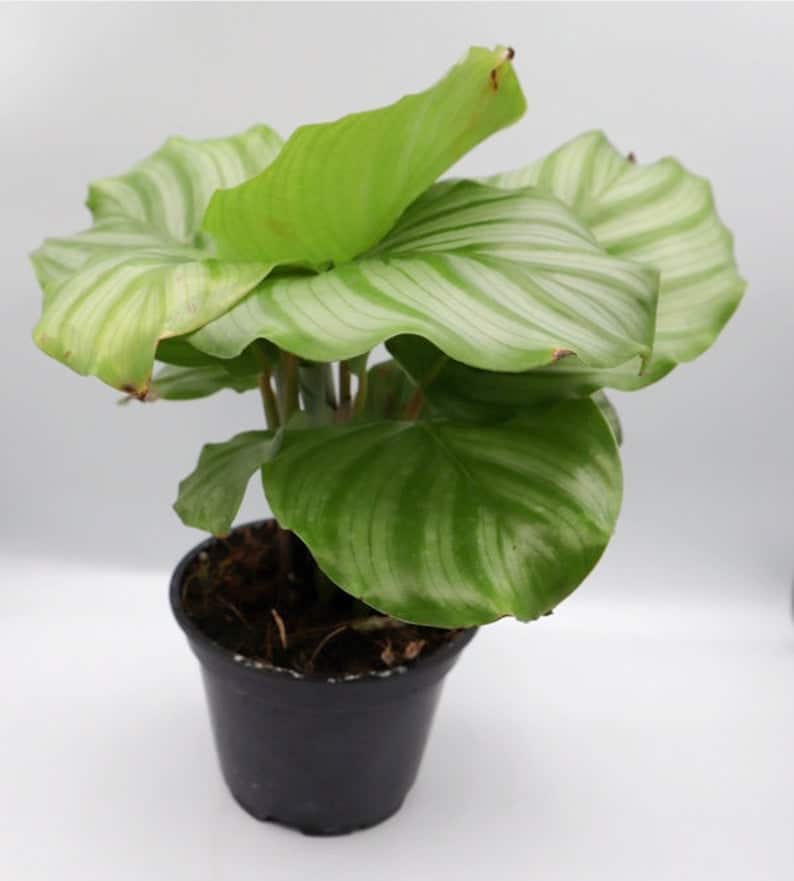
The orbifolia species is one of the most common of the calathea genus, it has the largest leaf among the plants in the calathea family. The plant is known for its large, thick green leaves with silver streaks around it. Orbifolia can grow to almost 12 inches wide, which the mature plants can be up to 2.5 feet fall and wide.
New growth of the orbifolia plant emerges from the center. The orbifolia plant is the perfect one you need to bring the tropical vibe into your home. It has the same care guide as the rest of its family members. Calathea orbifolia can be gotten in your local nursery, and online.
2. Calathea Makoyana
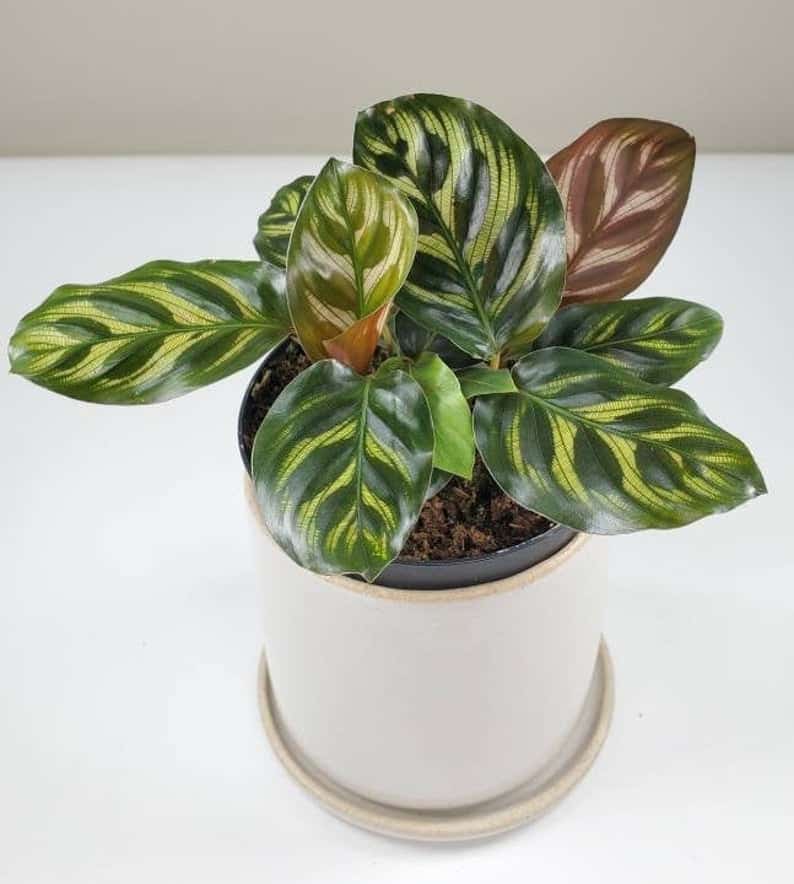
Makoyana species is popularly known as peacock plant or cathedral windows and these names are attributed to the lovely, colorful markings on its foliage. The plant has thin leaves that come in light and dark green colors, with purple undersides and surrounded by cream color, just like the peacock.
The plant can grow to about 12 inches long. The leaves grow on a reddish-pink stem. Although this plant flowers mostly in spring, it rarely does as a houseplant. The calathea makoyana will also grow with the regular calathea care guide.
3. Calathea Crocata
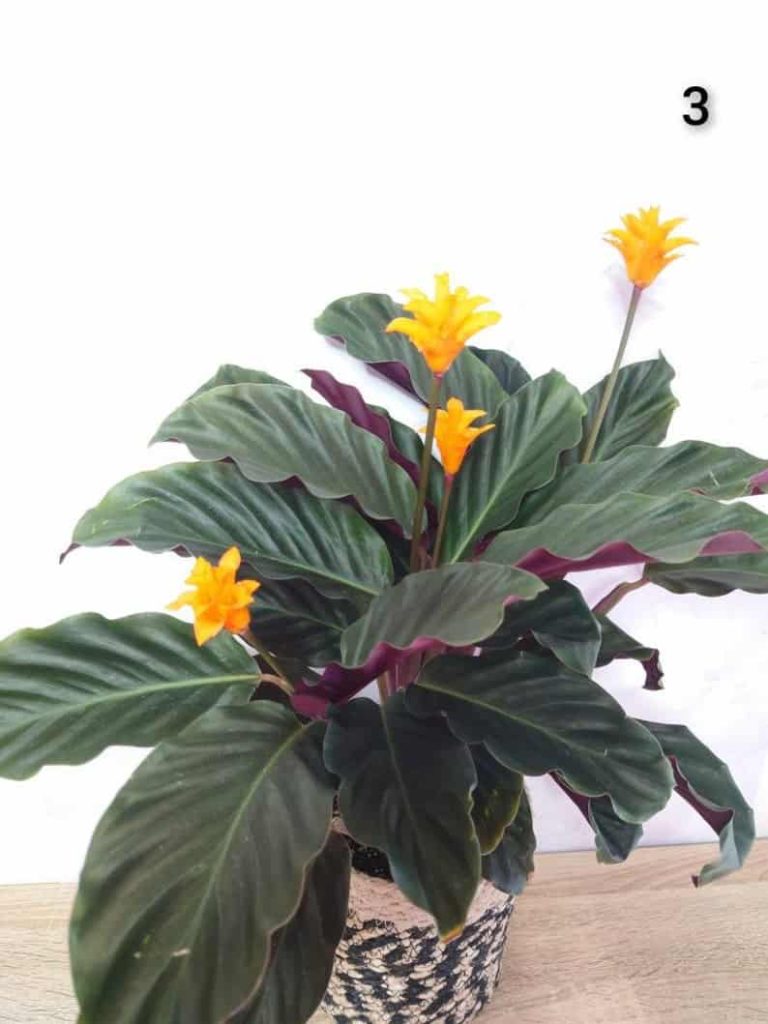
It is fine if you haven’t seen this at your local store, it is a new calathea plant that a lot of people do not know about. The plant is also known by the name eternal flame and this is attributed to its beautiful bright flowers that resemble yellow flames. The plant comes in dark green metallic foliage and apart from the beauty of the flowers; this plant is known to stay beautiful due to its leaves, even after the flowers fade.
The mature plant of the crocata can grow to about 1 to 2 feet tall and wide. We cannot guarantee that you will find the crocata in your local nursery as the plant is becoming rare due to environmental damage. However, you might find someone online who is willing to sell some to you.
4. Calathea Ornata
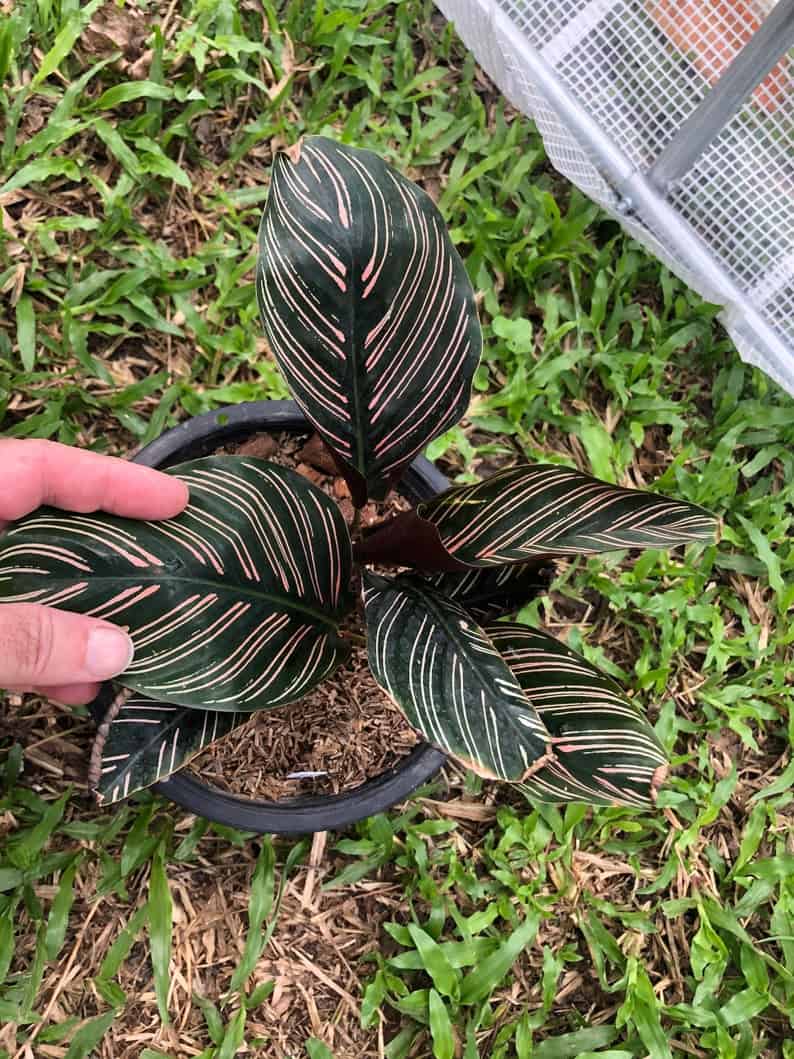
This species is easily identified by its thin, parallel pink stripes on its dark green leaves. It has glossy oblong leaves with purple undersides. The leaves of the plant can grow to about 2 feet tall and wide. This species will give your space the tropical vibe that you need. Like most calathea, this plant can get fussy, we recommend that you pay close attention to it, when growing.
5. Calathea Zebrina
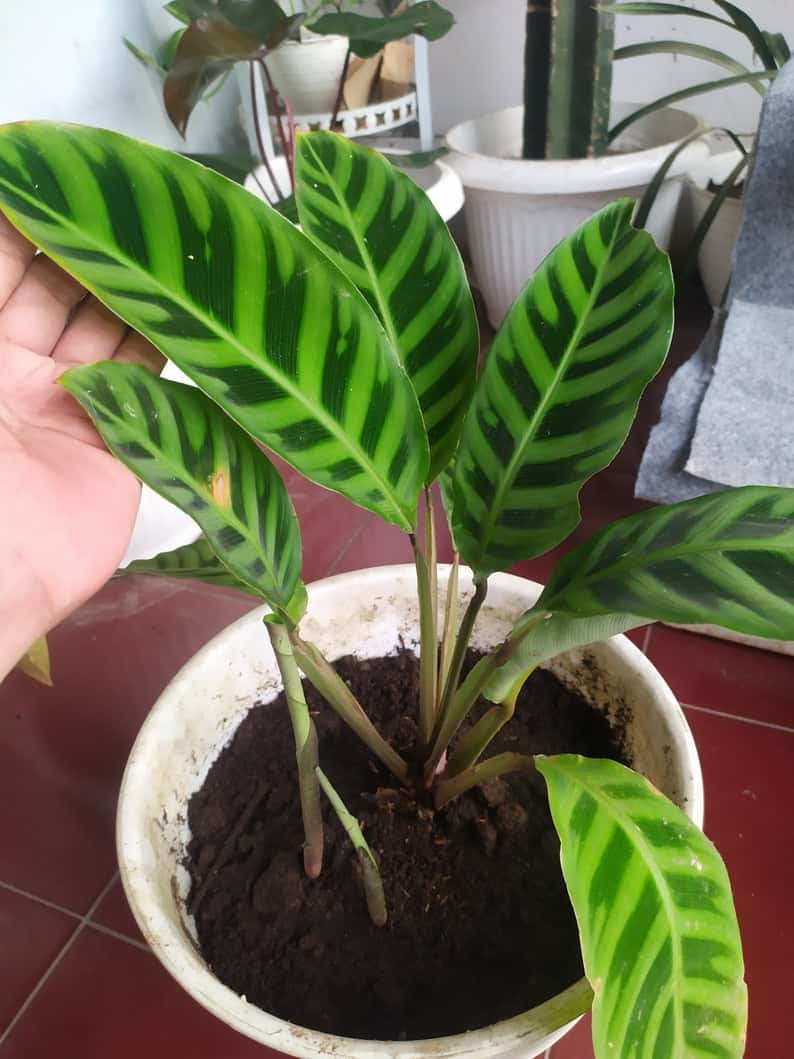
The calathea zebrina is native to southeastern Brazil. Apart from its botanical name, it is commonly referred to as the zebra plant. The plant comes in light green and velvety leaves, alongside purple undersides. The plant has dark stripes that run across its leaves, like that of zebra skin. The mature zebra plant can grow to about 2 feet wide and tall, with its leaves growing over 12 inches tall. The Zebra plant is one of the easiest calatheas to find, both in your local nursery and online.
6. Calathea Lancifolia
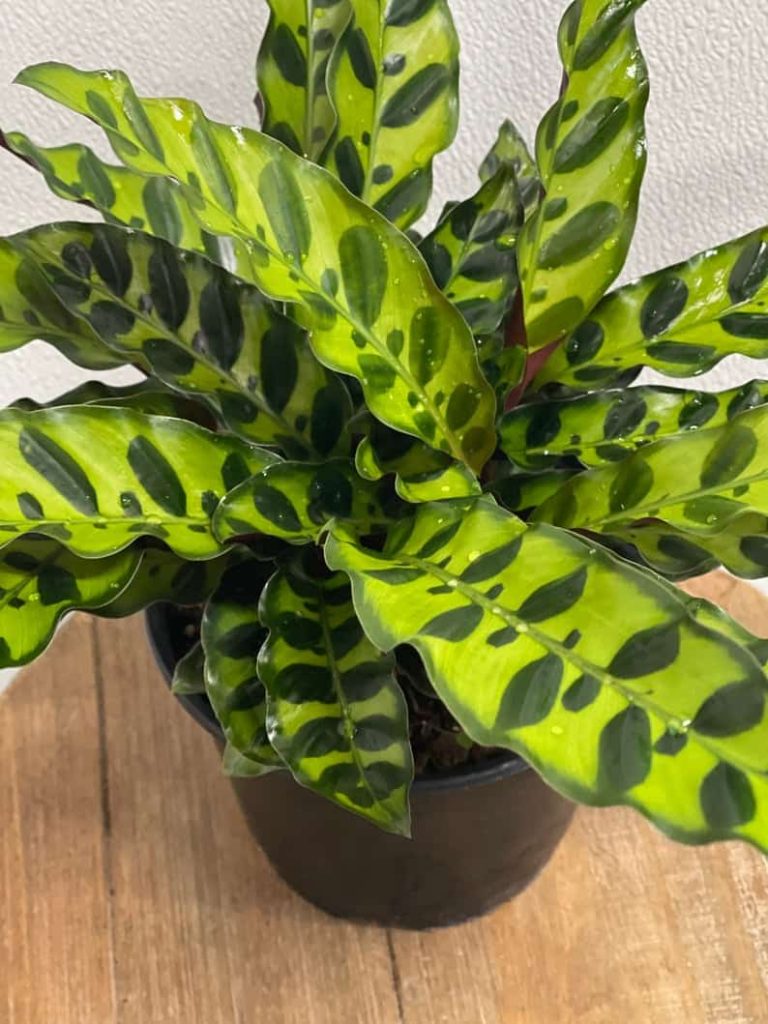
Commonly known as the rattlesnake plant, the plant earned its name due to the markings on its foliage. The lancifolia grows tall and can get to about 18 inches tall. The plant has glossy, wavy leaves, which have pale to yellowish-green on top and purple at the sides. The plant is also characterized by dark green spots on both sides.
Although it is a flowering plant, it rarely blooms when placed indoors. The rattlesnake plant is easy to find, it can grow with the regular calathea care guide.
7. Calathea Rufibarba
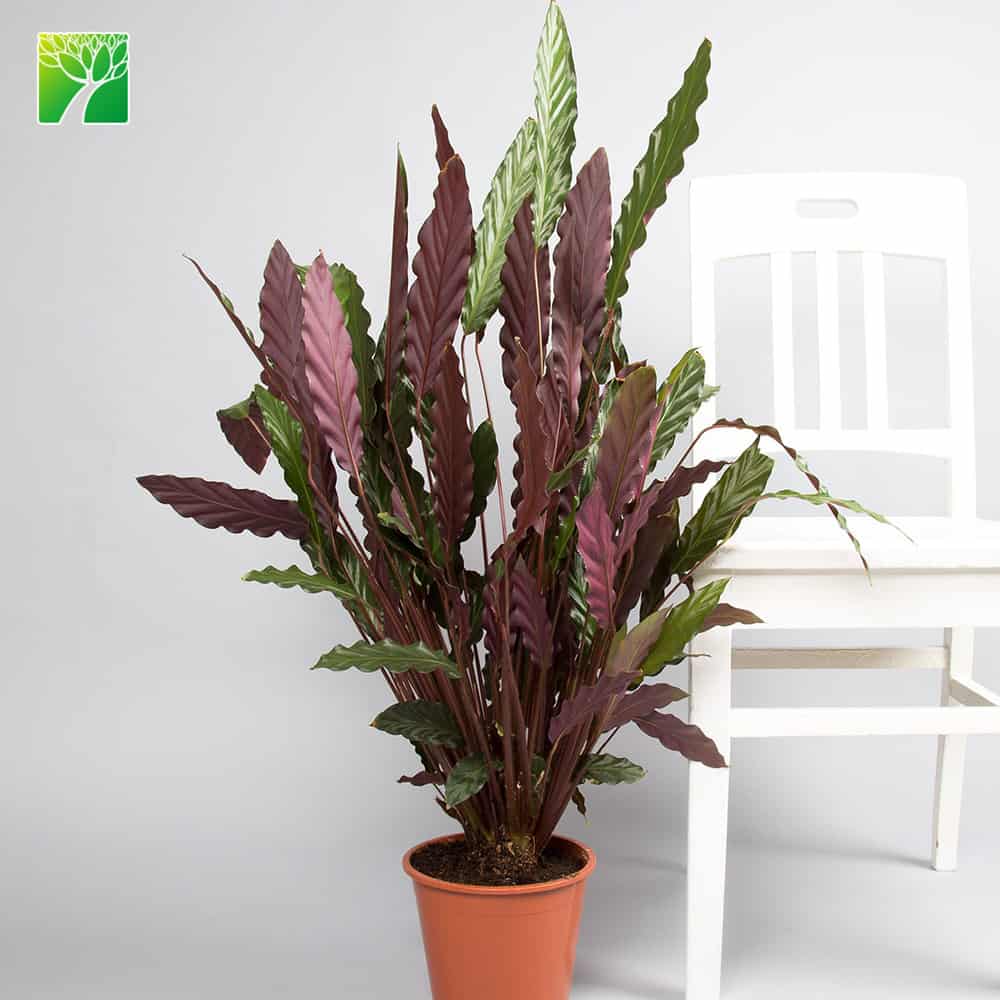
Unlike other calathea varieties, the rufibarba species is not characterized by so many markings. However, it remains one of the beautiful calatheas to grow indoor, providing the tropical vibes you need. It is also known as velvet calathea or furry feather. The leaves of the plant can grow to about 2 to 3 feet tall.
8. Calathea Roseopicta
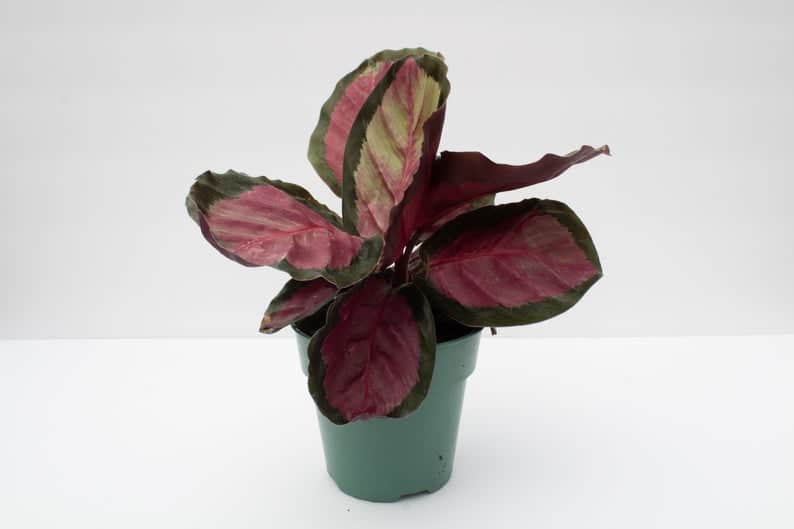
This species can also be referred to as rose painted calathea and this is due to its bright pattern and lovely foliage. It comes in large oval leaves, with green color on top and purple at the bottom. The plant can grow to about 20 inches tall and wide. The roseopicta species has various cultivars, with different colors and patterns.
9. Calathea Musaica
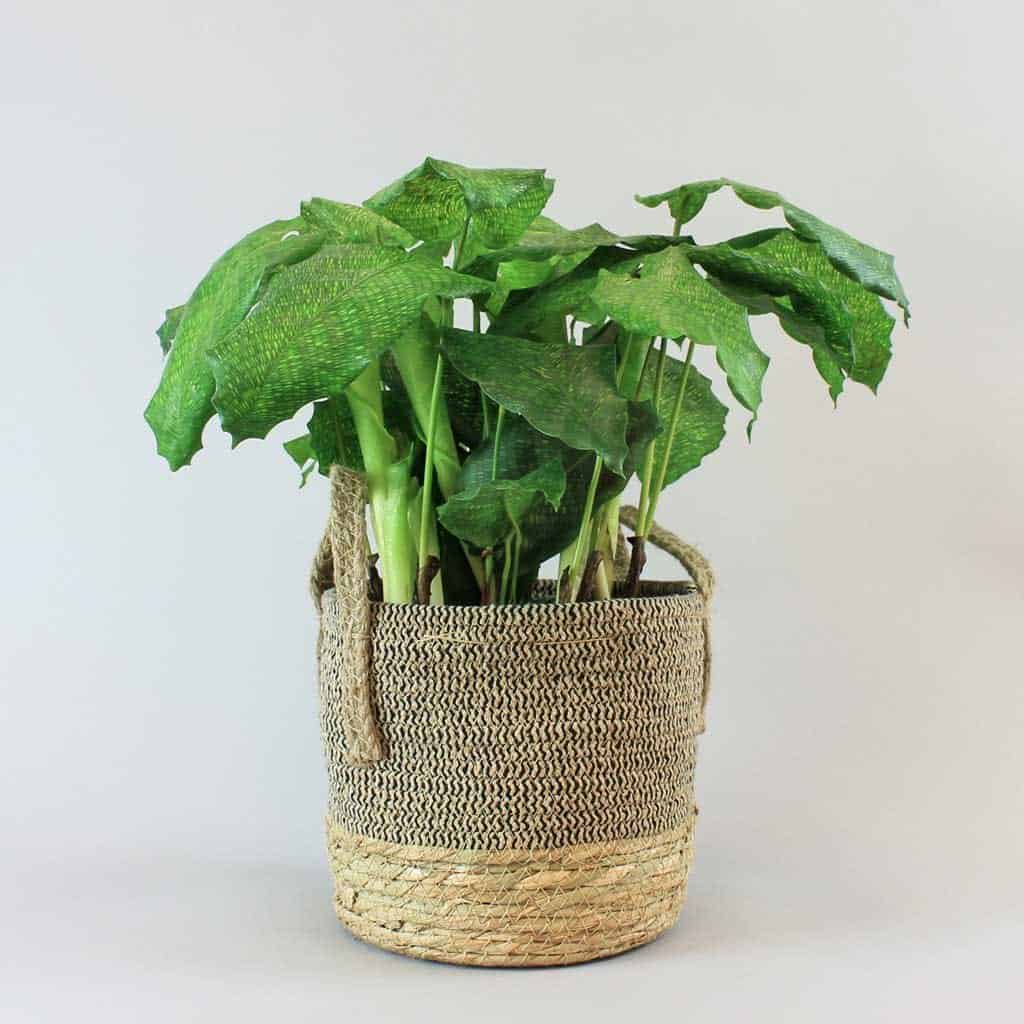
The musaica, also known as network calathea. The plant is loved for its distinctive pattern all over it. The musaica will grow in the regular calathea care guide. You can also find this variety in your local nursery or online.
10. Calathea Roseopicta “Dottie”
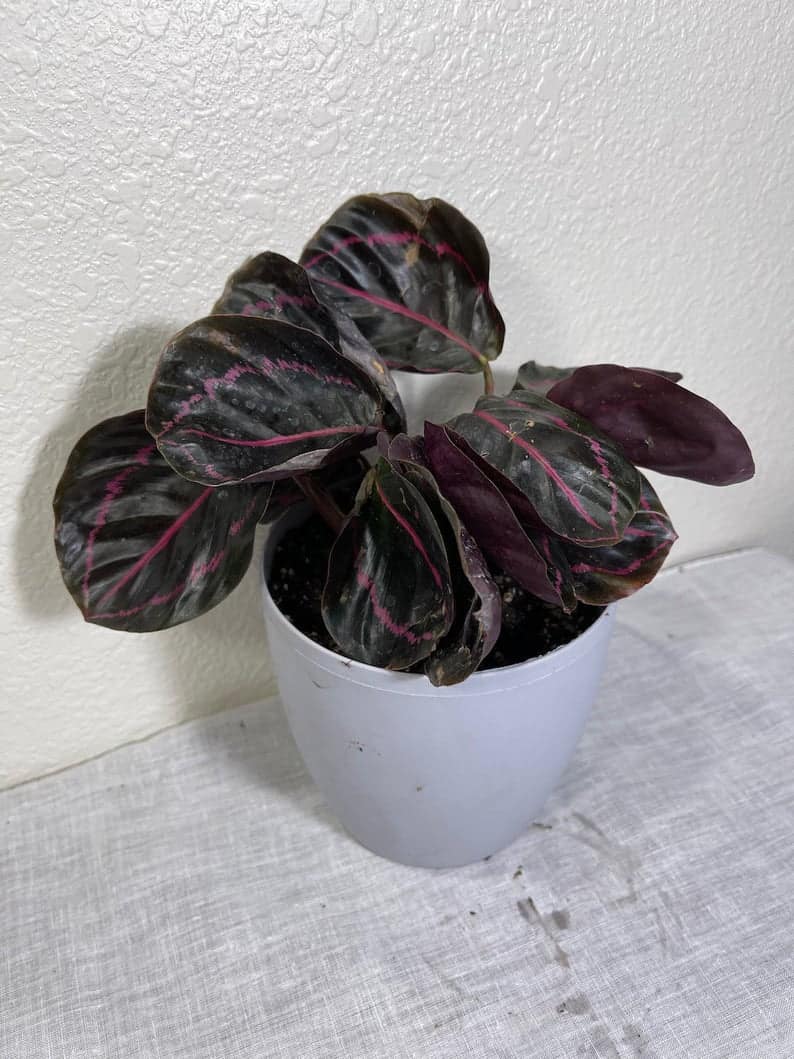
This is a cultivar from the roseopicta species. The plant has large, glossy foliage, just like its mother plant. The plant comes in an oval shape with deep greenish-black, you can almost mistake its color for black. The plant can grow to about 20 inches in height and width. The Dottie roseopicta Dottie will grow in the same care requirement as the calathea roseopicta.
Calathea Propagation Guide
Although the calatheas aren’t the easiest houseplants to grow and care for, we have found propagating most calathea plants to be easy. The easiest and most successful method of propagating calatheas is via dividing. They can also be propagated from seed; however, it can be difficult to get the seeds.
The best time to propagate your calatheas is in the early spring, this also is when the plant is experiencing new growth. Propagating this time will help your plant recover on time, from stress. Below are steps on how to propagate your calatheas.
Calathea Propagation via Division
Here are some simple steps to propagating calathea plants via division.
- Identify a healthy and mature plant and water it a day before you propagate. This will reduce stress on your plant and cause it to recover quickly.
- Pick a pot with at least one drainage hole, it should also be wider than the parent plant that is to be divided. Cover the drainage holes at the bottom with a towel or a filter, this will keep the pot from losing its soil while it is draining water.
- Fill the pot with a quality potting mix, preferably a mix containing peat moss and perlite, for easy drainage and moisture.
- Get your calathea plant out of its soil and gently brush off the loose soil. Also separate its roots, however, make sure they do not get separated from the plant.
- Divide the plants into whatever number you choose, make sure each division is attached to its roots. Patiently get rid of other soil attached to the roots with your hand.
- Prune damaged or diseased roots and place each division into their new pots and add additional soil to press the plant in.
- Remove the bag once new growth emerges and continue to care for the plant with the regular calathea care guide.
Calathea Plants Care
The calathea plants are gorgeous and will fit perfectly in your home. However, the best way to keep the calathea plants living is to give them all the care requirements it needs. The best form of care for calathea is the one that models its natural habitat. Hence, we have provided the model care routine for your calathea below.
1. Light
The calathea requires light, but they should never be exposed to direct sunlight. The best measure of light for the calatheas is bright, indirect light. Exposure to direct sunlight will result in loss of markings for your calathea. Too low light can also cause damages to your plant’s growth. You can place your calatheas at a north-facing window or anywhere it will be shielded from direct light.
2. Water
Calatheas take their watering business seriously. The plants from this genus require moist soil at all times. However, they will not tolerate being placed in over-watered soil. This means there has to be a balance between retaining moisture and not being water-logged. We recommend that you water your plant once you notice the top inch of the soil is dry.
With this, you can also create a watering schedule to keep you from checking over again. You should water your plant regularly during the growing months, but waterless during the winter months. The calathea plants are also choosy with the type of water they receive. They should never be watered with tap water; this is because it contains chemicals that can lead to damages to your plant. Your plants will prefer distilled water, snowmelt, filtered tap water, or rainwater.
3. Soil
For the calatheas, the most important characteristic of good soil is that it must retain moisture, as well as drain water well. It is best to get a high potting mix, specifically for calathea plants. The right pot will also aid in draining water properly. The soil pH the calatheas grow in should be 6.5.
4. Temperature
Your favorite calathea plants enjoy growing in warm temperatures. The ideal temperature for your calathea plant is within 60 to 70 degrees F. Your calathea should never be placed at a temperature below 50 degrees. Ensure your plants are protected from draught or sudden temperature changes.
5. Humidity
Humidity is really important to plants in the calathea genus. Your calathea enjoys being placed in high humidity to grow properly. You can place your calathea in rooms with high humidity such as the bathroom and kitchen. You can also provide other alternatives for humidity for your plant, such as peddle tray, misting regularly, and plant humidifier.
6. Fertilizer
Calathea plants should be fed regularly. You can feed them once in two weeks with half diluted liquid fertilizer. They should be fed only during the growing season. Your plants should not be fertilized during winter.
Calathea Plants FAQs
When Should I Re-pot My Calathea?
With the calathea plants, you may not be required to re-pot as often as you might have done with other plants. You can, however, re-pot your plants when they are becoming root-bound. We, however, recommend that you re-pot every year or 2 years. This is to give your plant nutrients from fresh soil.
Why Do Calathea Leave Close At Night?
One of the fascinating about the calathea plants is that they close up at night, this has become a favorite thing about them to a lot of people. Because the calathea plants move towards the direction of the sun. This closing indicates that there is no sun around them. It is also noticed that in the morning, the plants stretch their leaves out to receive the morning sunlight.
How Often Should You Water A Calathea?
Water your calathea plants when the top inch of the soil is dry. You can check this by dipping your finger into the soil, if soil sticks to your finger, then you should wait a day or more. You can also create a watering schedule that fits the season and needs of the plant.
Do Calathea Flowers Bloom?
Yes, the calathea flowers do bloom, however, this is in the wild. It is hard to make the calathea plants bloom when placed indoors. There are certain exceptions to this though, such as calathea crocata, this species is known to produce orange-colored flowers.
Is Calathea A Low-Light Plant?
Calathea plants can pass for low light plants, however, they will not very low light. They prefer to grow in bright indirect light or partial shade. Placing them in low light can cause slow growth, and you will not be happy with this.
Should I Mist My Calathea?
Yes, misting your plants is said to be a way to provide humidity for your plant. However, while we cannot say misting is an effective way to increase humidity for a long time, it does provide humidity for a little while, it also helps in keeping pests away. We recommend that you mist below the plants, this is so the water stays at the other side of the leaves.
How Long Does It Take A Calathea To Reach Full Growth?
The growth of your calathea plant is dependent on the type of calathea you are growing. The plant from the genus is generally said to grow at a moderately fast rate. Generally, we can say that they can grow to about 2 feet in height.
Are Calathea Plants Toxic To Pets And Humans?
Calathea plants are regarded as pet-friendly plants. Hence, you can grow them within the reach of your kids and pets.
Wrapping it up
Depending on the variety you grow, your care guide might change. We recommend you look up a care guide for the particular calathea plant you will be growing. Below are additional care tips required for your plant.
- Ensure you do not use any leaf shine or leaf polish product on your calathea plants.
- Your plants can develop brown leaves or tips if you do not provide enough humidity. Ensure your plant receives high humidity. Brown tips can also be caused by chemicals in the water. Ensure you use the right type of water.
- Get rid of dead or damaged leaves from your plant, this will encourage healthy growth
- Curled leaves can be caused by under-watering. Observe your plant and adjust accordingly.
Although the calathea plants may be a little fussy at first, you will grow to love them as you continue to care for them.

